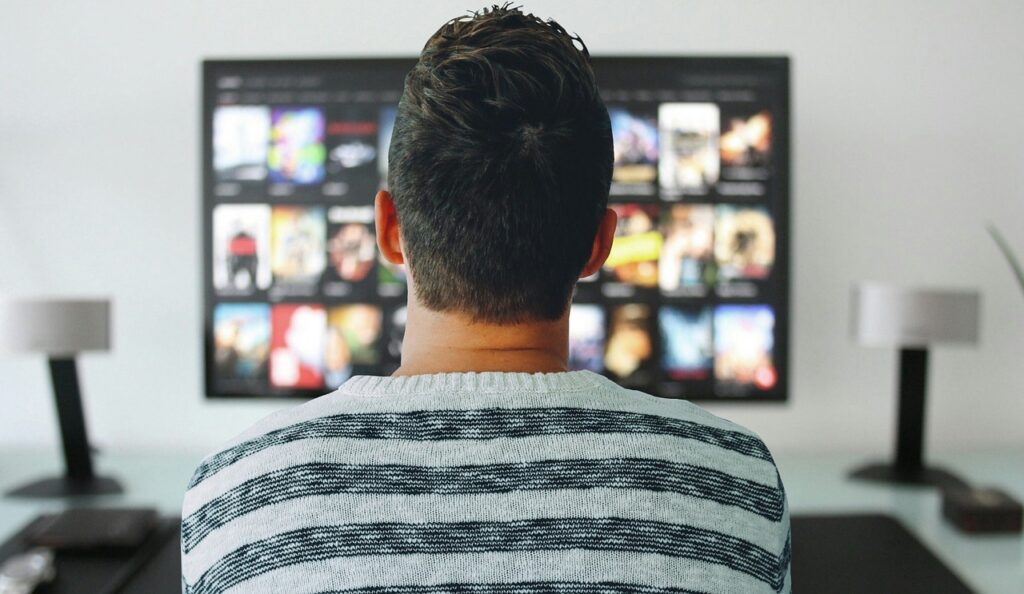


How to build your own digital music library
While streaming services deliver music-listening convenience by the bucket load, there’s a lot to be said for taking the time to build your own digital music collection.
Whether meagre artist payouts or a desire for better sound are fuelling your move, or you simply find yourself forking out a monthly subscription for music you already have shoved in a loft somewhere, there are plenty of reasons that a digital music collection makes perfect sense.
But if the last time you built a digital music library was on an old iPod shuffle with some – ahem – questionably sourced MP3s, you may be wondering about how you go about doing it, what kit you’ll need and the ways you can listen. Thankfully, we’ve got you covered with our handy guide to getting your own digital music system up and running.


Why should you set up a digital music library?
This piece will be focusing on building a digital music library for at-home listening. If you’re looking to take it on the go, consider checking out our best portable music players buying guide for tips on where to start.
But why might you want to build one at home in the first place? Firstly, at-home digital music libraries offer a more permanent alternative to music streaming services. Once you have one set up, there are no additional fees to pay or ongoing monthly subscription, nor is there the chance that songs you love might simply disappear as licensing agreements change.

Not just that, but you can feel happy in the knowledge that you have supported the artists you love by doing exactly what most of them would want you to do, which is to buy – and not stream – their music.
It’s also a particularly good idea if you already have an extensive “owned” music collection already – be that a physical one in vinyl or CDs that you’d like to dig out of storage boxes and make use of, or digital files, bought, downloaded and stored, in the days when iTunes was king.
Of course, with high-res music all the more accessible now, it also opens up the opportunity for better audio quality and broader file choice, which will be important if you have a pricey hi-fi system you want to listen to it through.

